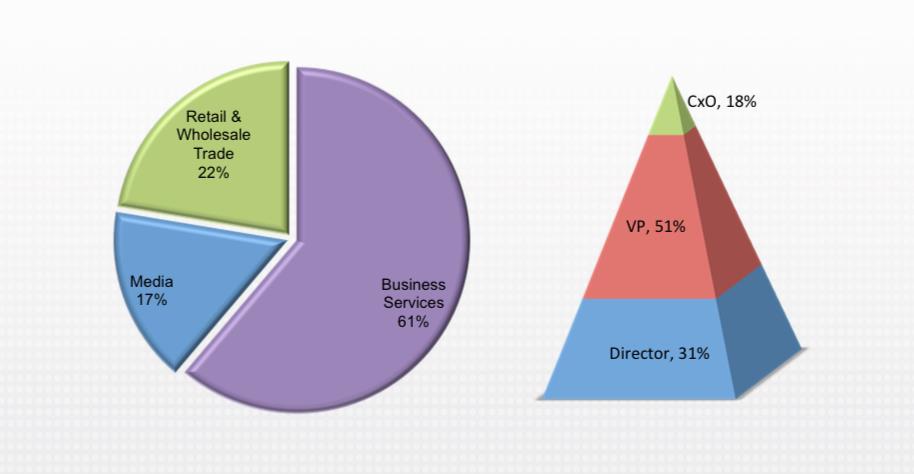
A recent survey of suppliers claim that they spend nearly a day a week managing payments – accepting invoices, approving payments, issuing payment, solving issues and reconciliation. And 51 percent of senior execs from those companies admit there’s clearly room for improvement – improvement that would help them get their day back. Based on key survey results underwritten by Tipalti, a new report offers insight into the best ways to enhance supplier payment management.
A recent survey of suppliers found that 72 percent spend nearly a day a week managing payments – setting up payees, approving payments, issuing payment, collecting tax forms, solving issues and reconciliation.
THE RESULTS ARE IN
Fifty-one percent of senior execs from those companies admit there’s clearly room for improvement. Based on key survey results underwritten by Tipalti, a new report offers insight into the best ways to enhance supplier payment management.
The survey, “Strategies for Managing Supplier Payments,” was conducted from January to March 2015. Participants of the survey, conducted by Gatepoint Research, were senior executives for firms with annual revenues between $5 million-$250 million in business services, retail and wholesale trade, and as well as the media/publishing/advertising.
Here are a few key highlights:
Tons of Payments
Most participants handled a large volume of payments each month – 82 percent execute more than 100 per month. Nearly half execute 500 per month. 76 percent made international payments on a monthly basis.

Wires Rule
Wire transfer is the most popular payment method among all companies surveyed – but paper checks (88 percent) and ACH (80 percent) are also widely used.
Fraud Fear
Among the most interesting findings, an overwhelming majority (66 percent) admit that they do not, or are not sure, if they screen payees in accordance with OFAC’s anti-terrorism, money-laundering, and drug-trafficking requirements. This is particularly concerning in light of the recent $7.7 million fine that PayPal has to pay to the federal government over OFAC violations.
On a related note, 58 percent of respondents also said they have merely low to medium satisfaction with fraud monitoring in their payments process.
In-House Is In
In addition, 70 percent currently use in-house systems to manage most payment transactions, while only 13 percent use a third party for their payments.
WHY MANUAL PAYMENTS HOLD BACK GROWTH
In a recent Tipalti whitepaper, the company indicates a number of reasons to automate businesses’ payment solutions. One is that the sheer volume of payments isn’t going down – as a company scales in size and scope, the need to process more payments scales with it.
Furthermore, the fear of fraud is growing – and is more real than ever. According to a 2014 60 Minutes report, 97 percent of all U.S. retailers have been hacked. And while an automated payment platform won’t detect these crimes, says Tipalti, it can “mitigate the impact by immediately blocking payments to the fraudsters.”
But despite these reasons, survey results indicate that systems and processes to mitigate payment risks and stay in regulatory compliance are dangerously lacking. Only 34 percent of companies said they have methodologies in place.
There is great potential for growth in payments automated solutions – those who have automated systems express higher satisfaction with all aspects of their payments process.
So what are the next steps?
To get the complete findings of the survey and find out more about strategies to manage supplier payments, click below to download the report.